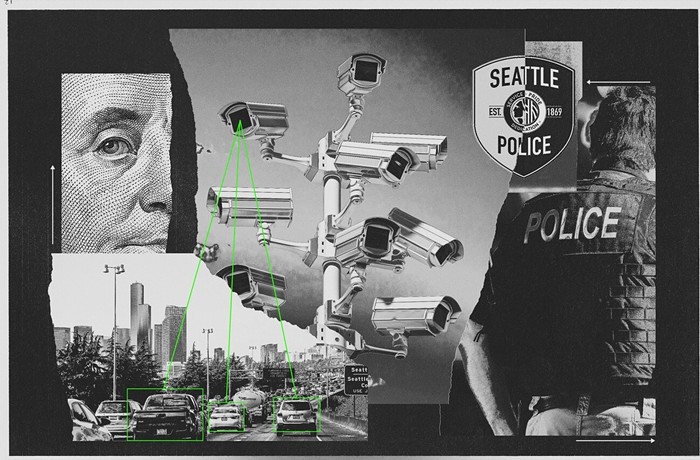
Today the Department of Ecology outlined new details on a draft rule to cut carbon pollution in Washington state. Over the next two decades, the draft rule stipulates that the state's biggest polluters have to reduce their carbon emissions by five percent every three years.
It's an unprecedented move. After unyielding Republicans and constipated Democrats dashed Governor Jay Inslee's hopes of creating a cap-and-trade system during the last legislative session, Inslee directed the Department of Ecology to come up with a rule to cut emissions. Similar to Obama's clean power plan, Inslee did this by acting on his own executive authority. This means that the state doesn't have to wait for its stymied legislature to take action on climate.
Ecology says that the draft rule, which it expects to have finalized by summer, aims to cover 60 percent of emissions in the state. It asks that natural gas distributors, fuel producers, fuel importers, waste facilities, and metal manufacturers—or any other organization responsible for 100,000 metric tons of carbon pollution a year or more—decrease those emissions by five percent every three years. Then, over the next two decades, the cap for each company or facility will lower to a total of 70,000 tons a year.
For the 70 companies and facilities included in this group, the proposed draft rule stipulates that there are four ways to meet the carbon cap:
• reduce emissions
• obtain emissions reductions from other organizations that have over-complied
• fund another project that permanently reduces emissions in Washington State
• buy allowances from an outside carbon market, like California's
"We wanted to provide a wide array of mechanisms for folks to comply with this rule," Ecology's Bill Drumheller explained. If companies don't comply, they could face $10,000 fines per carbon cap violation per day.
This much is encouraging, but the proposal still features one giant missed opportunity: revenue.
Ecology's draft rule means that Washington businesses could buy allowances from California's carbon market. Which is good... for California. Since implementing a cap-and-trade system in 2012, California's been flush with pollution money; California governor Jerry Brown anticipates that he'll have $2.2 billion of pollution market fees to finance anti-drought measures, affordable housing, and high-speed rail this year.
Washington hasn't set a price on carbon or otherwise implemented a carbon market. So with Ecology's rule, Washington polluters have the option to buy up a bunch of California allowances and indirectly invest in the Californian state budget instead.
And meanwhile, Washington continues to unconstitutionally underfund its public schools.
Two groups on the left have pledged to put carbon pricing initiatives on this year's ballot—Carbon Washington and the Alliance for Jobs and Clean Energy—but right now, they're at each other's throats because of conflict over how they'd want to use the pollution revenue. If the state legislature and these two ballot initiatives can't get their act together by the fall, it's possible that Washington will have missed a major opportunity to fill funding gaps in the state budget.


















